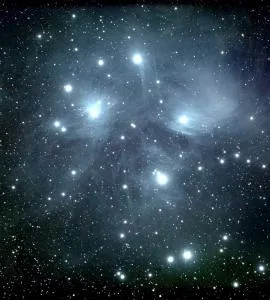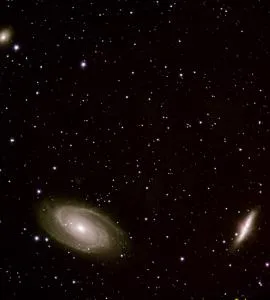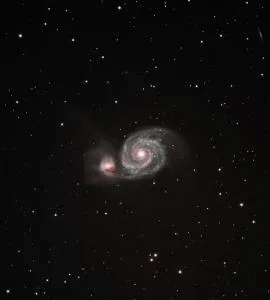Observatory Blog
Eyes on the Ozarks Skies

Captivating Andromeda Galaxy Astrophoto in 15 minutes with the TEC 180 first light
First-light with the TEC 180 FL finally, and we captured the Andromeda Galaxy's beauty in stunning detail in just 15 minutes, plus 8 other objects. Don't miss this cosmic spectacle!
Posted 11/11/2023
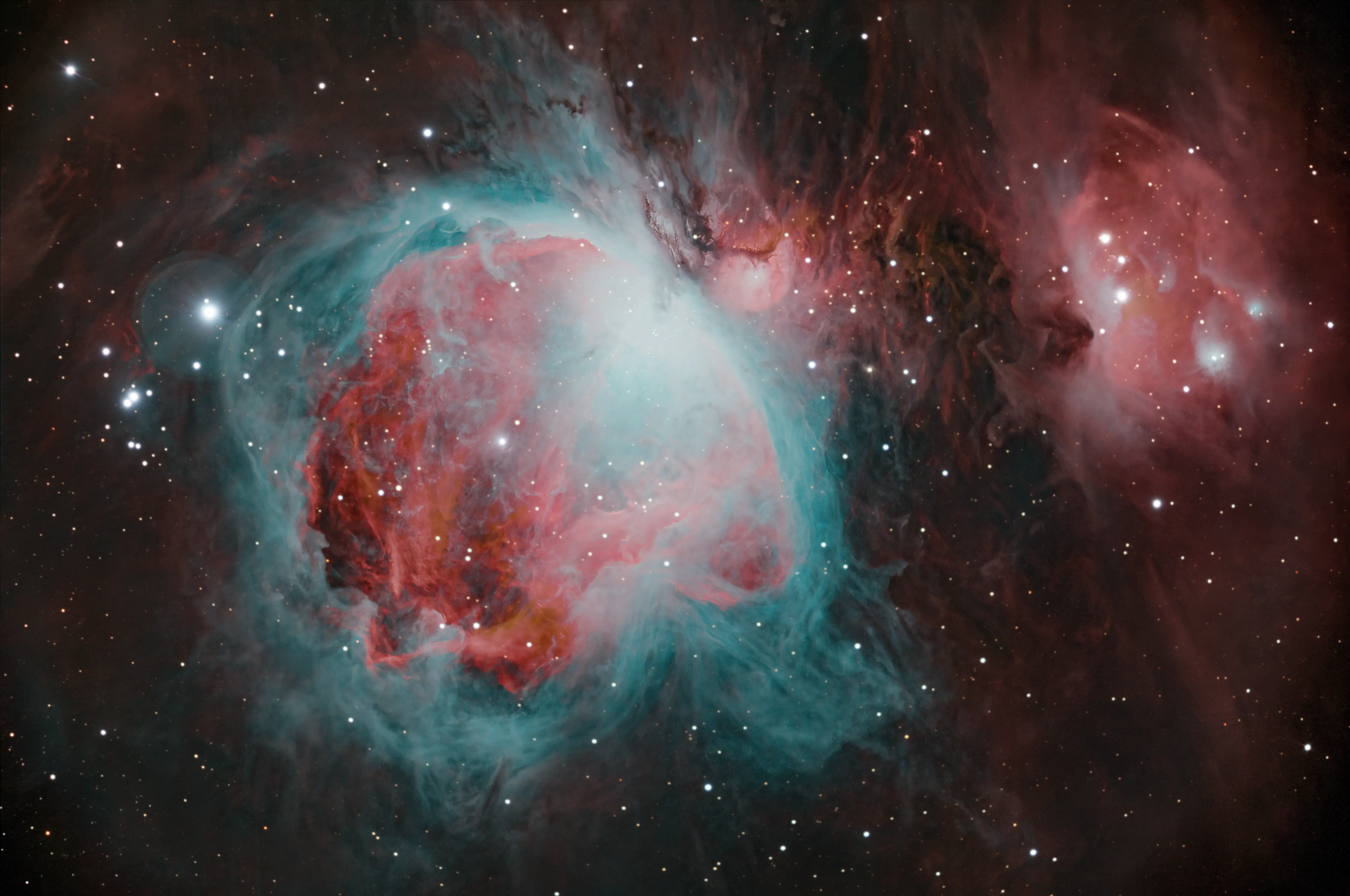
The Orion Nebula M42 astrophoto taken with the TEC 180 FL
The awe-inspiring beauty of the Orion Nebula M42 is revealed through our latest astrophoto taken with the high-end TEC 180 FL telescope. This image showcases the incredible detail and vibrant colors of one of the most famous celestial objects in the night sky. The TEC 180 FL's superior optics bring out the intricate structures and gas clouds of the nebula, revealing aspects that are often missed in lesser-quality images.
Posted 11/11/2023
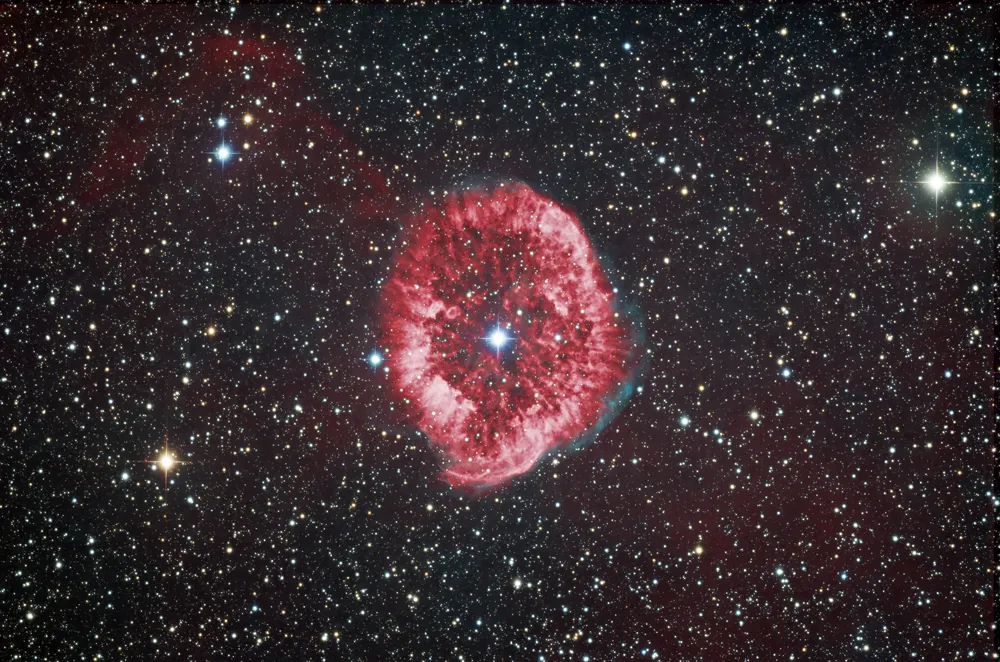
Astrophotography of a Wolf Rayet star RCW 58 using a 24 inch telescope
The cosmic beauty of RCW 58, a stunning star captured in our high-resolution astrophotography. This celestial image showcases the intricate details of the star's surrounding nebulosity, revealing the dynamic processes within this distant corner of the universe. Perfect for astronomy enthusiasts and space photography collectors.
Posted 11/6/2023
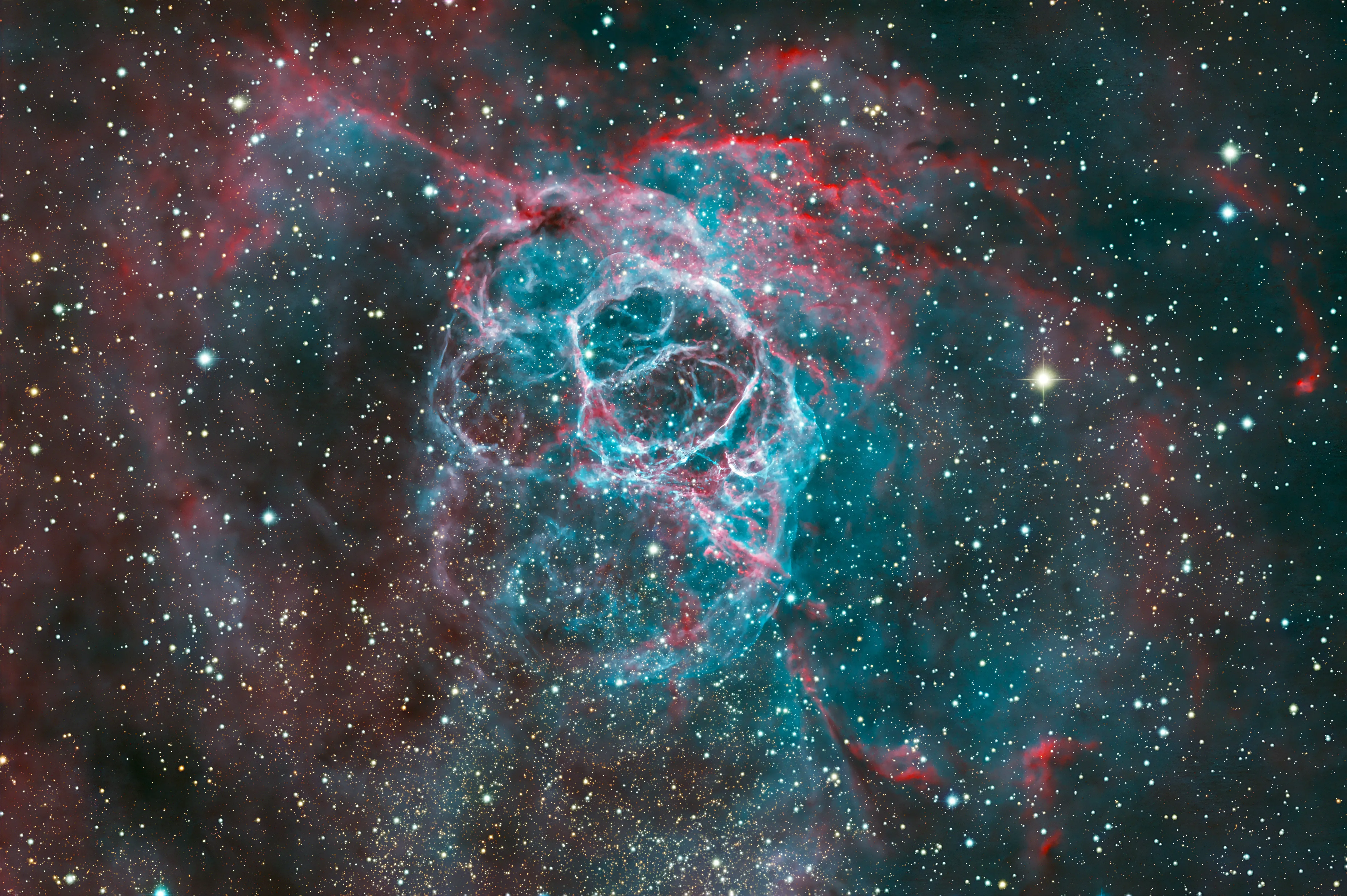
The hottest star in our universe WR 102 astrophoto by Richard Harris
WR 102 is one of the hottest known stars in our universe and it's also among the only Wolf–Rayet stars known to be in our Milky Way galaxy. It has a surface temperatures exceeding 200,000 Kelvin. This astrophoto by Richard Harris of Missouri was taken from a remotely operated observatory in Chile using a CDK24 PlaneWave telescope.
Posted 10/22/2023
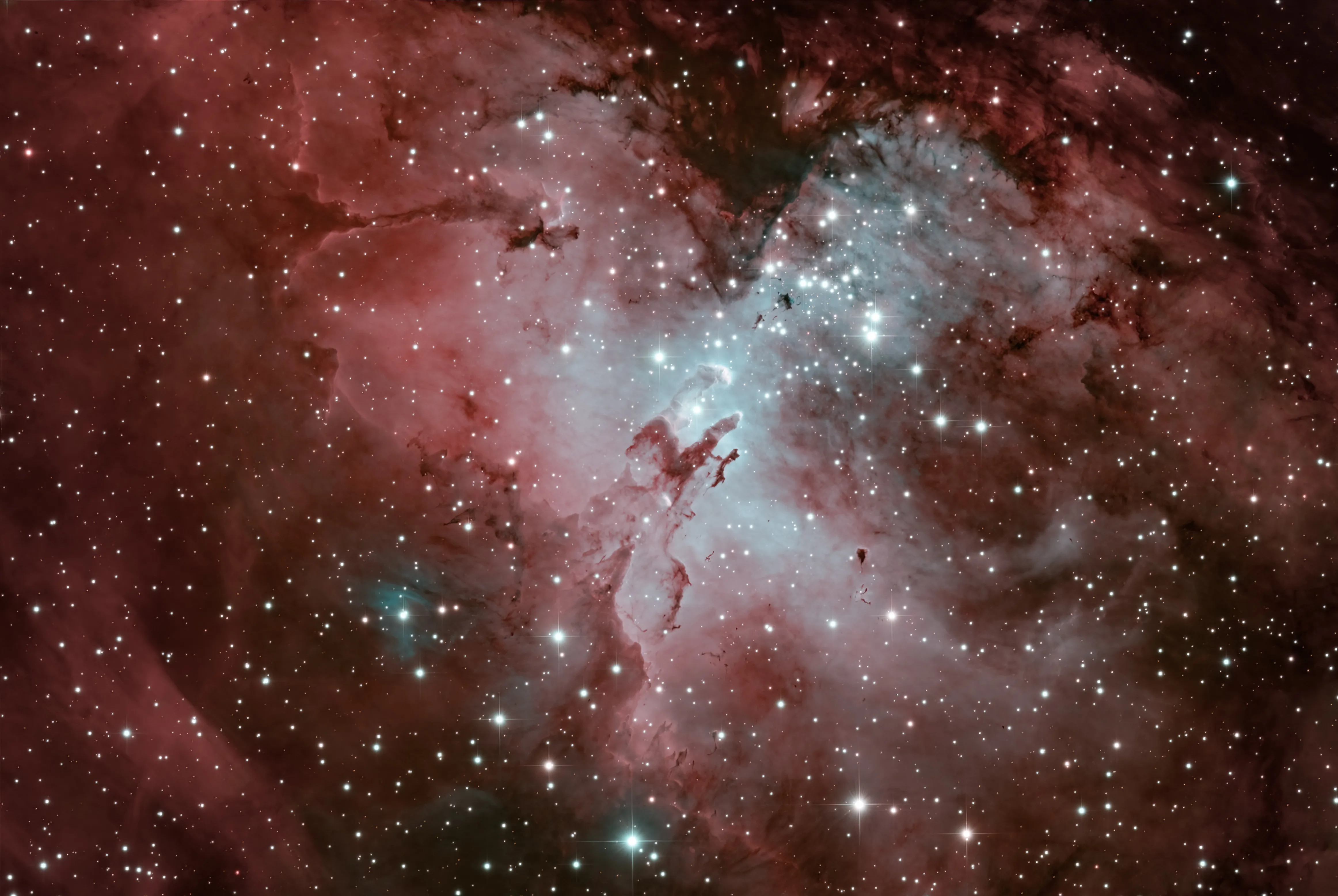
M16 eagle nebula pillars of creation astrophoto with CDK24 by Richard Harris
M16, "Pillars of Creation", often referred to as the Eagle Nebula by astronomy enthusiasts and astrophotography aficionados, stands out as one of the most luminous nebulae visible from Earth. Richard Harris takes aim at M16 with the 24" PlaneWave telescope in Chile and the results are amazing.
Posted 10/11/2023

The majestic Sombrero Galaxy M104 captured in an astrophoto by Richard Harris
M104 – Sombrero Galaxy, discovered in the late 18th century astrophoto from the remotely operated Chile 24" PlaneWave telescope by Richard Harris.
Posted 10/7/2023
Ozark Hills Observatory gains access to Chile based 24 inch PlaneWave telescope
Exciting news! The Ozark Hills Observatory has gained access to a 24 "PlaneWave telescope based in Chile! This remarkable partnership will significantly enhance our ability to explore the cosmos, unlocking new possibilities and bringing the wonders of the universe closer to us. Get ready for breathtaking images and groundbreaking discoveries as we delve deeper into the mysteries of the stars!
Posted 9/29/2023
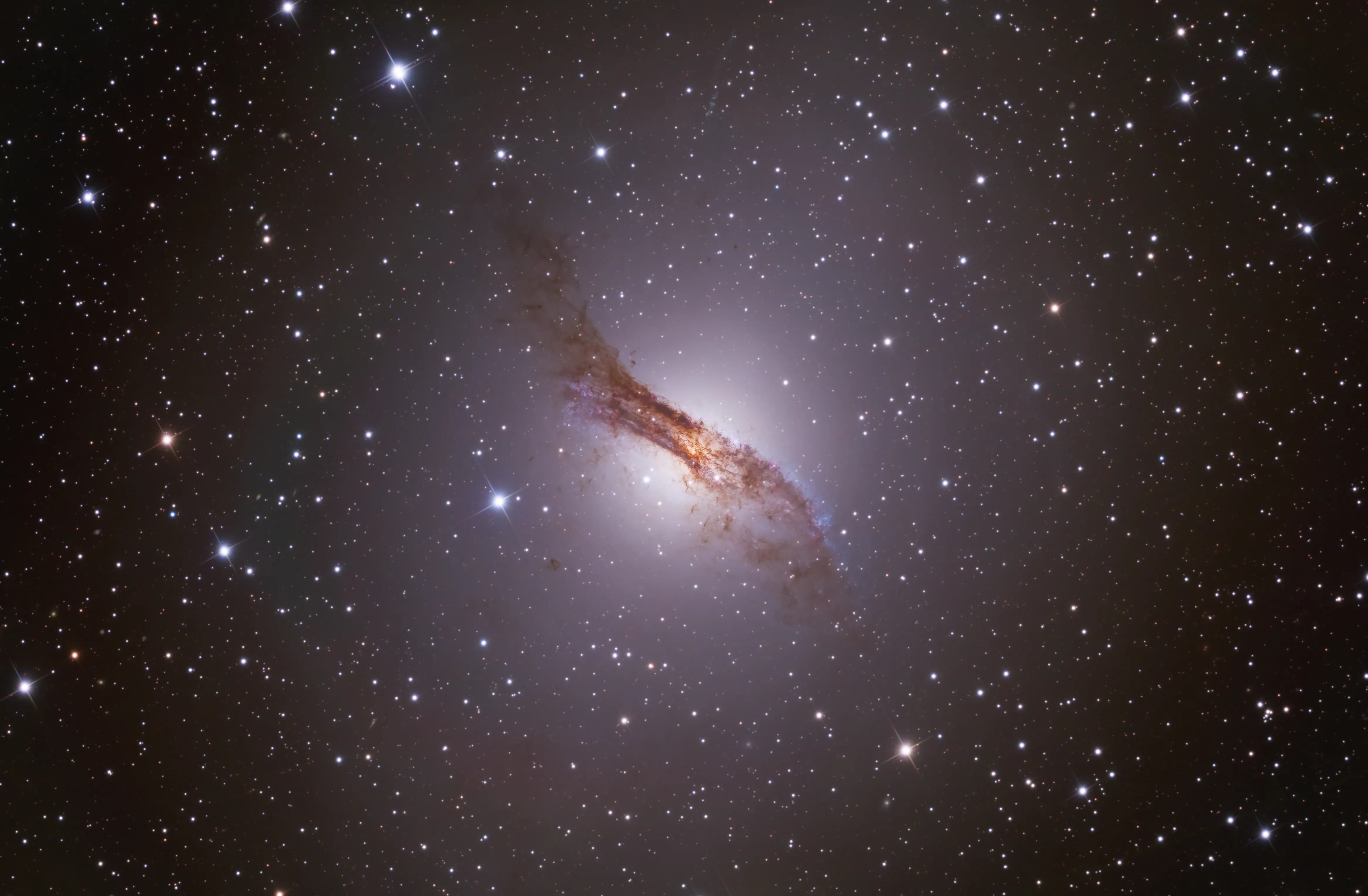
Centaurus A NGC 5128 astrophoto using a 24 inch CDK24 PlaneWave telescope
We used photographic data captured from a remote observatory in Chile using the CDK24, a 24" telescope by PlaneWave to capture the the Centaurus A NGC 5128 galaxy.
Posted 9/27/2023
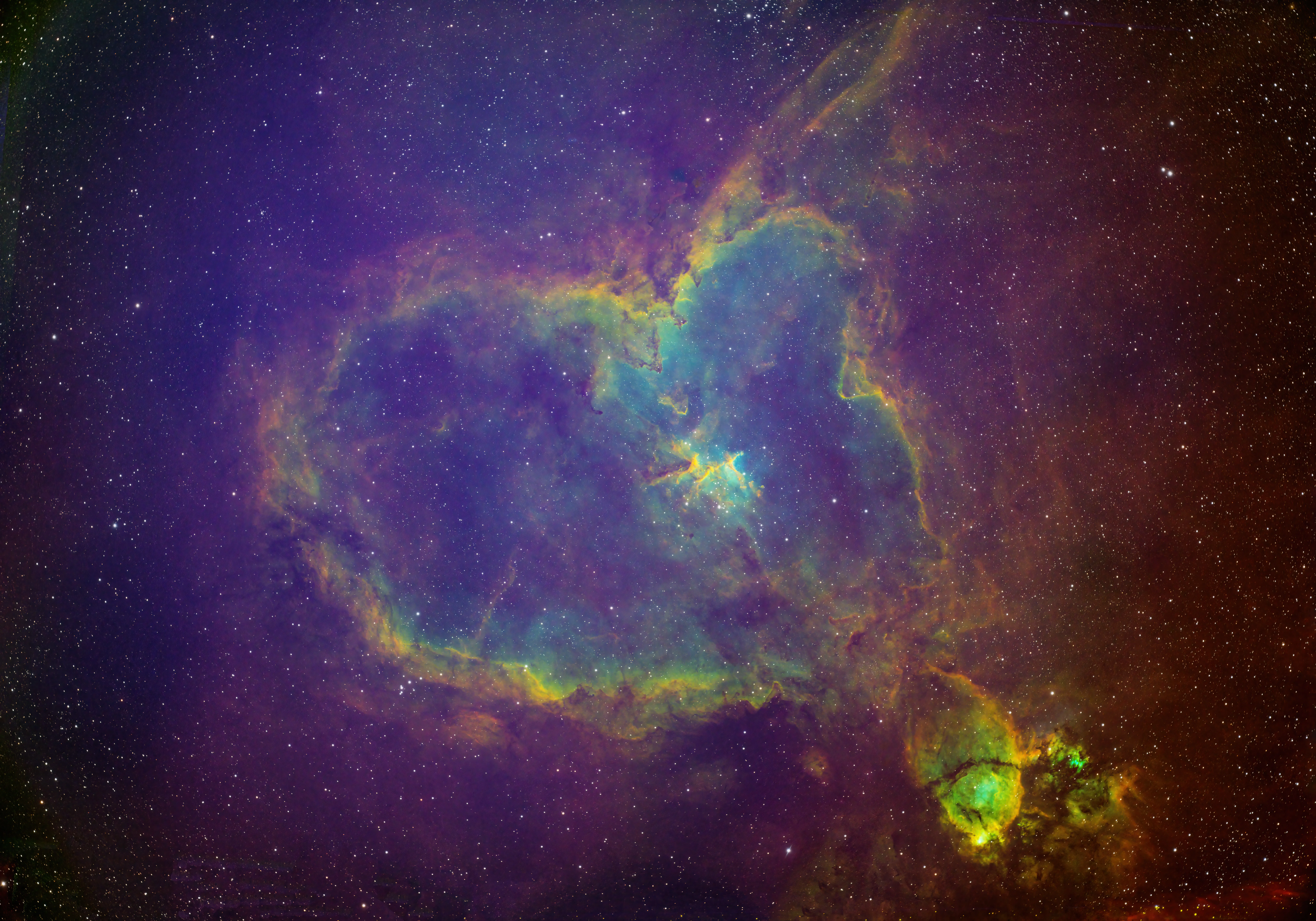
Heart Nebula photographed in Hydrogen Alpha Oxygen III and Sulfer II filters
Heart Nebula astrophoto taken over two nights using the Askar FRA600 and ZWO 6200MM camera for a total of 14 hours combined image data in SHO+L
Posted 9/12/2023
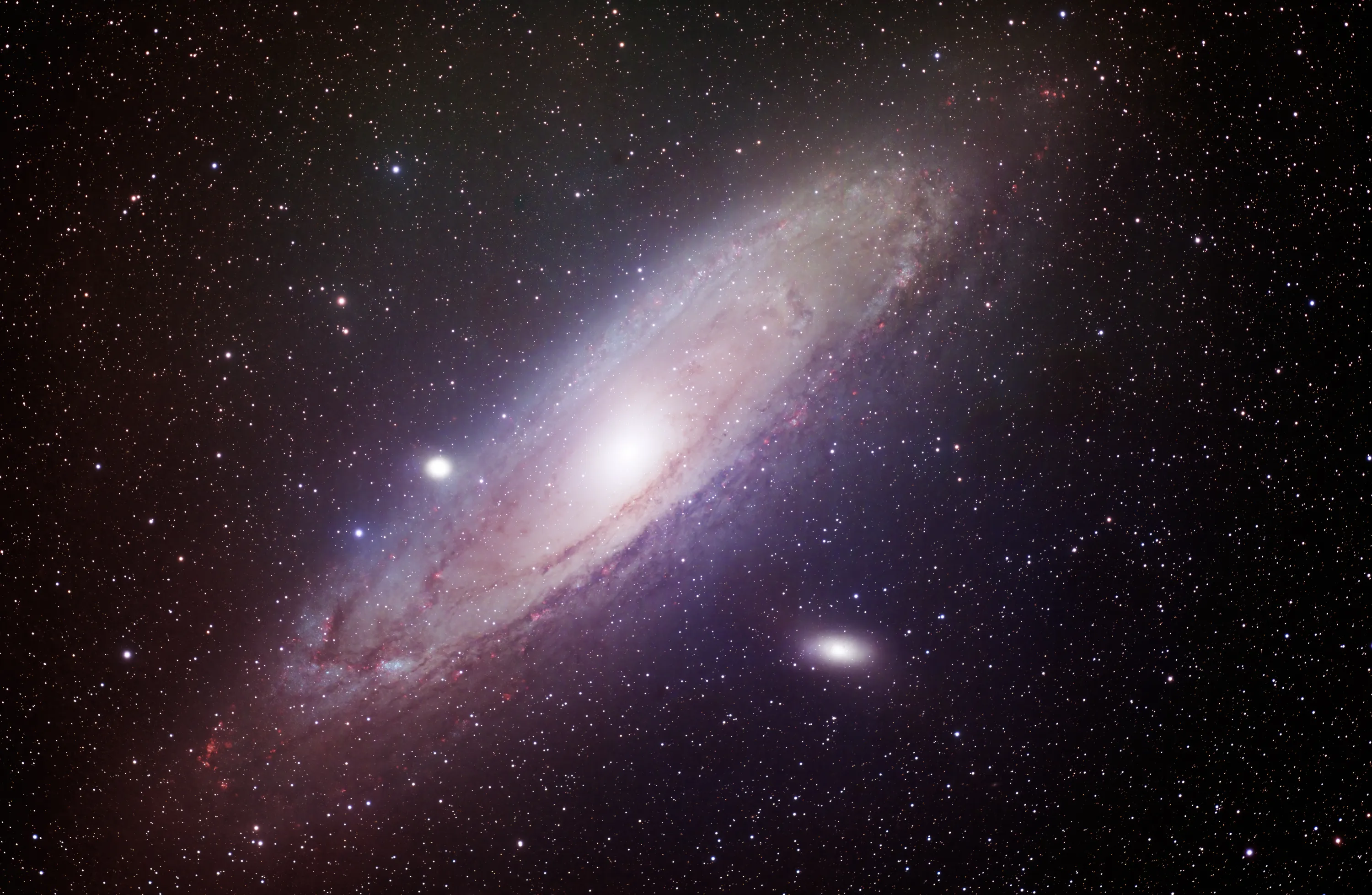
Photographing M31 Andromeda galaxy with the Askar FRA600 and ZWO ASI6200MM
Hot August 2023 session of shooting M31 Andromeda galaxy using the Askar FRA600 telescope and ASI6200MM Pro camera in LRGB with Ha added in.
Posted 8/21/2023
